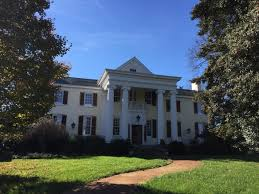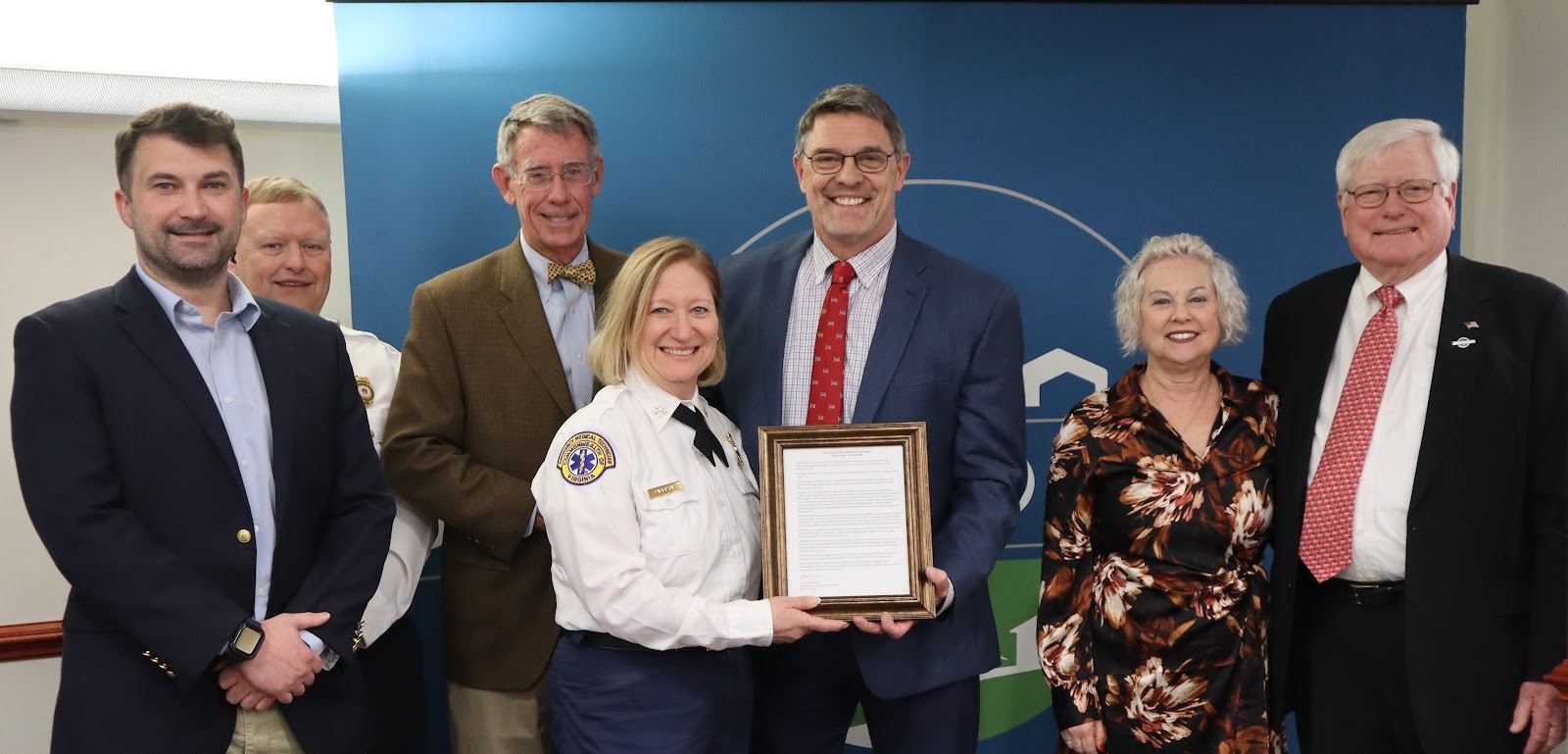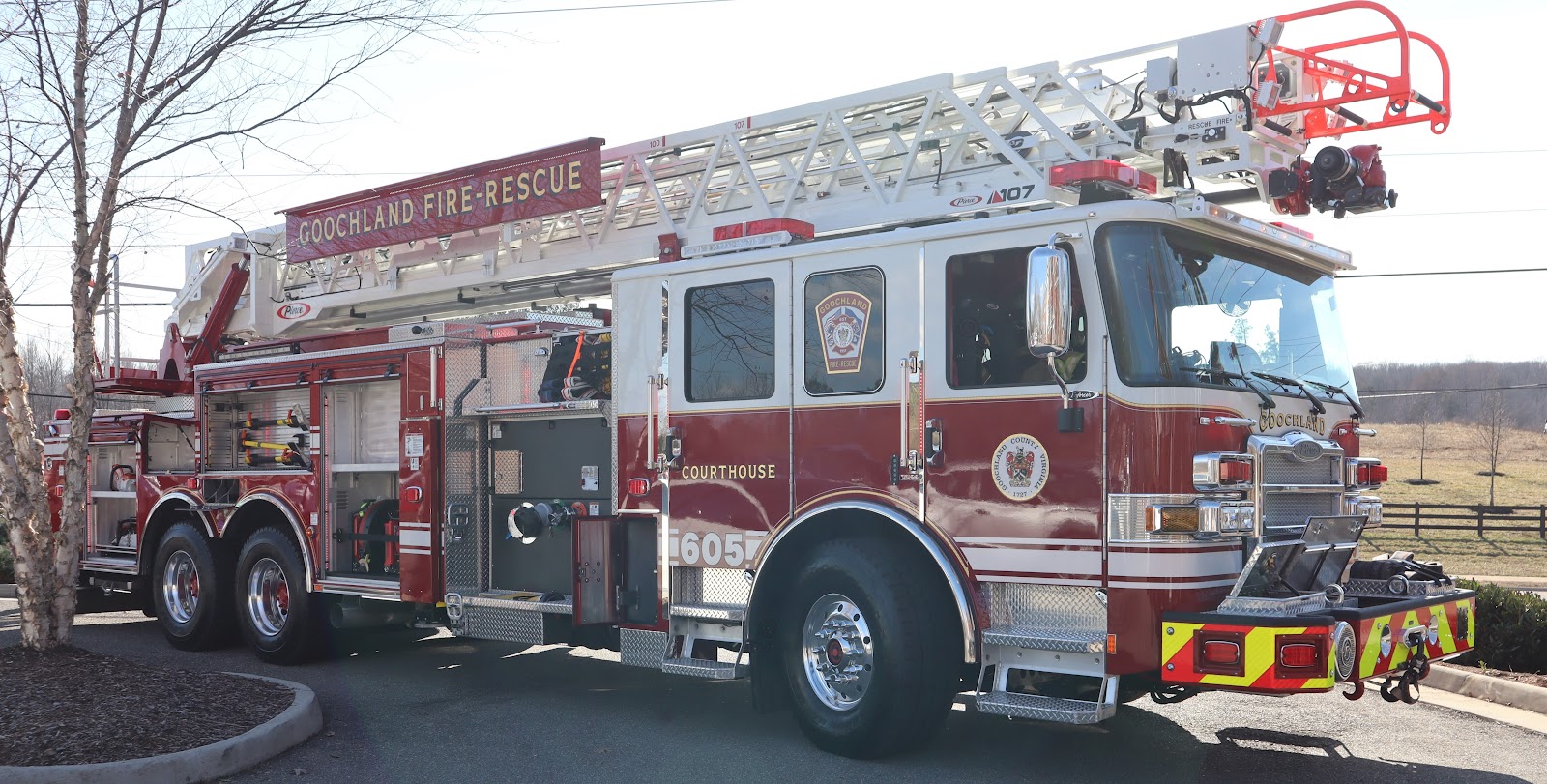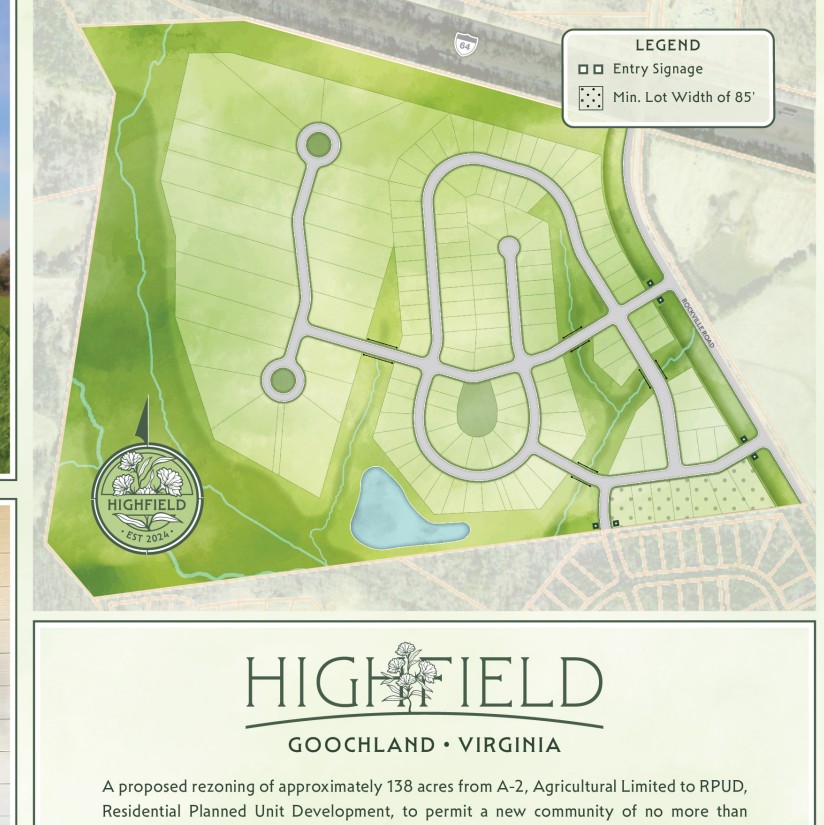·
The February meeting of the Goochland planning
commission was moved to the 27th at 6 p.m. in the board room of the
county administration building at 1800 Sandy Hook Road in Courthouse Village.
Go to for the agenda.
·
An outdoor burn ban before 4p.m. is in effect from
February 15 to April 30. Go to https://www.goochlandva.us/242/Planning-Zoning for agenda details.
Goochland
County is recruiting for a new county administrator. The following was
recently posted under the careers tab on the county website:
County Administrator
Salary
$190,000.00
- $250,000.00 Annually
Location
Goochland,
VA
Job
Type
Full-Time
Job
Number
202400198
Department
County
Administration
Opening
Date
02/18/2025
Closing
Date
3/18/2025
11:00 PM Eastern
FLSA
Exempt
·
Description
·
Benefits
Goochland
County is located in the heart of Central Virginia. Just over
289 square miles of rural countryside, our County is home
to just over 26,000 residents and is ideally located
within a short drive to beaches or mountain
tops. We have great proximity to major cities including
Charlottesville and Richmond. Our quality of
life is unsurpassed, and our active community welcomes one
and all. A community rich in history, the Goochland County
Courthouse is widely considered to be the most
well-maintained Jeffersonian courthouse
in Virginia. Goochland County is the smallest county in the
United States to have earned the highest rating from all three credit rating
agencies which reflects the County’s exceptional financial resilience and is
home to an award-winning public-school system.
Description
To
our candidates for the role of County Administrator of Goochland County, thank
you for your interest in working with our amazing team here in Goochland
County. We appreciate your taking the time to apply for the role.
As
the County Board of Supervisors starts the process of selecting our next County
Administrator, they are in agreement that there are several attributes that
have surfaced that describe our best candidate:
1.
Strong leadership: demonstrated
leadership in public administration.
2.
Excellence in public speaking and
communication: a background of speaking to the public in small to large
groups and answering questions in an informed manner.
3.
Community involvement: demonstrated
participation with community groups and organizations.
4.
Regional cooperation: a track record
of working with other entities such as authorities, jurisdictions and other
political subdivisions.
5.
Team and operations builder: Shows a
progressive improvement in the operations that the candidate has led, and an
ability to grow the team.
6.
Strong background in succession planning: has
instituted programs to ensure institutional knowledge is transferred and strong
team members are moved forward.
As
a part of the application process, we are asking all candidates to
submit a cover letter that details these attributes and experience.
The County Administrator is the CEO of the County and will lead the
County into the future as it continues to grow.
The
County Administrator (CA), is the chief executive officer and directs the
operations of Goochland County's government, balancing the day-to-day needs of
the County’s citizens while guiding the development of services and facilities
that support a growing community. The CA serves in an advisory capacity to the
Board of Supervisors. The CA is responsible for effectively and efficiently
implementing policy and directives as deemed by the Board, ensuring smooth
delivery of services to County citizens, identifying challenges facing the
County and providing the Board with accurate, timely information on which to
base their decisions and supports countywide strategic goals while providing
direction to the County. The Administrator serves at the pleasure of the Board
of Supervisors, implements its policies, appoints department heads, and directs
business and administrative procedures. The Board of Supervisors provides
governance while the CA is in charge of administration. The CA is the “Face of
the County in the Community”.
Essential
Functions
·
Effectively and efficiently implements policy
and directives as deemed by the Board, ensuring smooth delivery of services to
County Citizens, our customers.
·
Serves as a mentor to staff and empowers them in
the decision-making process while monitoring their growth and progress. Ensures
a high degree of morale in the workplace.
·
Appoints Department heads and directs business
and administrative procedures.
·
Supports countywide strategic goals while
providing direction to the County.
·
Must possess strong leadership
ability and skillset. He or she sets the example for the rest to
follow.
·
Identifies challenges facing the County and
provides the Board with accurate and timely information on which to base their
decisions.
·
Develops and maintains positive relationships
with members of the Board of Supervisors, Constitutional Officers, the School
Board, citizens, public safety providers, community groups, department heads,
and other governmental entities.
·
Analyzes large amounts of complex information
and develops reasonable, practical, and innovative solutions to identify
internal and external problems and management issues.
·
Adequately communicates and defends the County’s
position in all matters.
·
Identifies and communicates opportunities for
continued organizational improvement.
·
Provides alternative solutions and options,
makes recommendations with confidence and the courage to do what’s right, even
in the face of adversity.
·
Performs other duties as assigned by the Board
of Supervisors.
Knowledge,
Skills and Abilities
·
Demonstrated ability to work cooperatively with
a variety of departments, Constitutional Officers, Independent Boards and
Authorities in a growing and transitional community.
·
Ability to analyze administrative systems and
provide recommendations with an eye to the future in order to develop efficient
and highly responsive operations for all agencies when called upon.
·
Must possess superior written and oral
communications and negotiating skills, with the ability to make difficult
recommendations and decisions in a timely fashion.
·
Ability to keep the Board, Constitutional
Officers, citizens, and various advisory body members well informed and ensure
their understanding of technical processes.
·
Ability to adequately inform the Board on a
regular basis, with an acceptable level of detail, so that there are no
surprises.
·
Must possess the ability to challenge the Board
and staff with new ideas and be able to accept constructive criticism and
implement needed changes.
·
Must have the ability to understand and present
all sides of an issue that affects the County to all parties in a clear,
concise, and unbiased manner.
·
Ability to participate in the development of
sound County policies and directives, to interpret the County’s policies, and
carry out the intentions and directions of the Board of Supervisors.
·
Must possess significant knowledge and
experience in successfully managing a county or city budget of comparable size
and complexity.
·
Must have an understanding of and experience
with the various methods of maximizing resources, financing options, and
ensuring wise use of limited public resources.
·
Must understand the need for and the value of
long-range financial planning.
·
Demonstrated ability to communicate the
governing bodies goals, needs, and directives to employees and other external
customers.
·
Ability to lead and motivate County employees
under his/her direction to a continuing level of high performance. The CA is a
“Servant Leader”.
·
Ability to deal fairly with all staff.
·
Demonstrated commitment to challenging employees
and improving governmental processes and employee accountability while
expanding training opportunities to maintain and improve employee and
organizational efficiency and performance.
·
Ability to understand the diverse and changing
needs of various community and private sector groups in the Goochland
community.
·
Must be able to present a confident image of the
local government to the community at large.
·
Must possess the ability to relate to and
maintain and expand existing relationships with other local governments,
regional organizations, the school division, and state and federal agencies.
·
Ability to adjust to changing leadership.
·
Must work well with and cooperate and
collaborate with other jurisdictions and their leaders.
·
Must be willing to join other boards and
professional organizations.
Education,
Experience and Training
·
A bachelor’s degree in business or public
administration, business administration or related field required, master’s
degree in public or business administration preferred.
·
At least eight (8) years of public management
experience as a Chief Executive/Administrator or Deputy Chief
Executive/Administrator, or equivalent in a high performing, comparably sized,
growing community with a wide range of duties in operation and management.
·
Experience of the individual must show high
levels of performance in areas that include leadership, finance
and budget, growth management, long range and strategic planning, staff
development and maintaining positive lines of communication at all levels.
Additional experience in team building and outreach and development of
high-performance functions of governmental departments will be a significant
consideration.
·
ICMA Credentialed status for candidates is
desired.
·
Valid State of Virginia Driver’s License with a
driving record that meets HR Policy requirements.
·
Pre-employment background check and drug screen
are required
·
County residency is preferred within a
reasonable time of appointment to the position.
Other
Requirements
PHYSICAL
DEMANDS:
Work is sedentary work, which requires exerting up to 10 pounds of force
occasionally and/or negligible amount of force frequently or constantly to
lift, carry, push, pull or otherwise move objects, including the human body.
Tasks may require the ability to walk or stand for prolonged periods of time.
Additionally, the following physical abilities may be required: climbing,
balancing, stooping, crouching, reaching, standing, walking, pushing, pulling,
lifting, grasping, and repetitive motions.
WORK ENVIRONMENT:
Work is performed in a relatively safe, and secure work environment.
As
part of employment with Goochland County, all employees are required to
complete Emergency preparedness and incident management training courses as
directed or requested.
Goochland
County is an Equal Opportunity Employer. All qualified applicants will be
considered without regard to age, color, national origin, citizenship, physical
or mental disability, family medical history or genetic information, race,
religion, creed, gender, sex, sexual orientation, gender identity and/or
expression, marital status, status with regard to public assistance, veteran
status, or any other characteristic or status that is protected by federal,
state or local laws.











